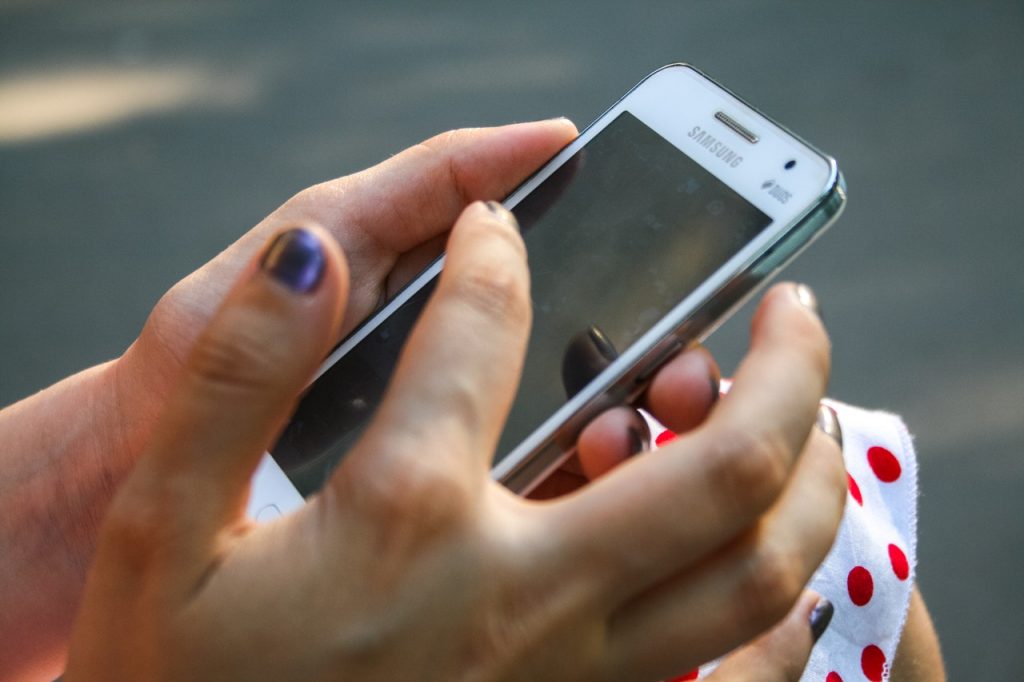 One of the advantages of buying a used smartphone is that there is so much choice out there. As the operating system that powers the overwhelming majority of the world’s smartphones, most of those choices are going to run on Android.
One of the advantages of buying a used smartphone is that there is so much choice out there. As the operating system that powers the overwhelming majority of the world’s smartphones, most of those choices are going to run on Android.
With hundreds of models stretching back right to the earliest days of the smartphone, there is a used Android phone out there for every budget and every requirement. But having so much choice available can also make the decision-making process more tricky.
Here is a quick summary of the essential features to weigh up when shopping for a used Android smartphone to help make your decision.
Memory & RAM
As people nowadays tend to use their phones as personal storage devices for all of their photographs, music, games and even films, you want a model with sufficient capacity for your needs. In terms of memory, perhaps a more important feature than the internal storage capacity of the phone itself is whether is supports a microSD card. If it does, then you can expand the memory to whatever you require.
Like memory, RAM is measured in gigabytes (GB). RAM is a very particular measure of storage capacity, namely for the active apps on your phone. In practical terms, it tells you how quickly a device will run. Older phones, or very low-end new models, will start at 512MB, i.e. less than 1GB RAM. This is not sufficient for anything but the most basic apps and will result in sluggish performance. Use 1GB RAM as the minimum starting point.
Android version
Google regularly releases upgrades to its Android CPU, referring to them as ‘flavours’ and naming them after confectionery. The latest version, for example, the ninth full release, is called Android Popcorn. The most commonly used version, however, is still Android Marshmallow, the sixth edition released in 2015.
The way Android updates work is complex. Because Android is an open source platform available to individual manufacturers to use, Google does not have complete control of the ecosystem. Basically, it is up to manufacturers to make updates available to their customers, which does not always happen.
So if you come across a used phone running an older version of Android, it doesn’t mean the phone is completely out of date. The main thing is to understand if the specifications of the phone are capable of running more up to date versions. If the version is really old, it might be because the phone cannot support newer versions. This also means that lots of apps will probably not run on the phone either. As a rule of thumb, very few devices run on Android Jellybean (version 3) anymore, so you should expect to see versions from Kitkat onwards when you inspect the phone.
Ensure it isn’t stolen or fake
Sadly, even the legitimate used phone market suffers from a trickle of counterfeit or stolen handsets making their way for general sale. If you purchase from an established second hand trader, background checks which would identify the scams and rip-offs should have been carried out. If it is a private sale, you have to do the checks yourself.
Your main weapon here is the International Mobile Equipment Identity (IMEI) number stamped onto every device that connects to a cellular network. Each IMEI number is unique and is used to match the device hardware to the SIM. If a phone has two SIM slots, it will have two IMEI numbers.
One of the main purposes of an IMEI number is to allow carriers to blacklist or block devices when they are reported stolen. However, although carriers are supposed to share information about blacklisted devices, the process for doing so internationally is not as efficient as it could be, so there is some trade in IMEI-blocked handsets between countries.
To check the a phone you are considering buying is legitimate, look for the following:
- Check the IMEI number is still visible on the external body of the phone. If it is not, it could be a sign that someone had changed the body to try to get round IMEI identification.
- Check it has an IMEI number at all. Many counterfeit Android phones do not. As well as looking on the body and inside the battery and SIM compartments, you can type *#06# into your Android keypad to reveal the IMEI number.
- Use this online IMEI checker to make sure the number matches the model of phone, and check its status.


